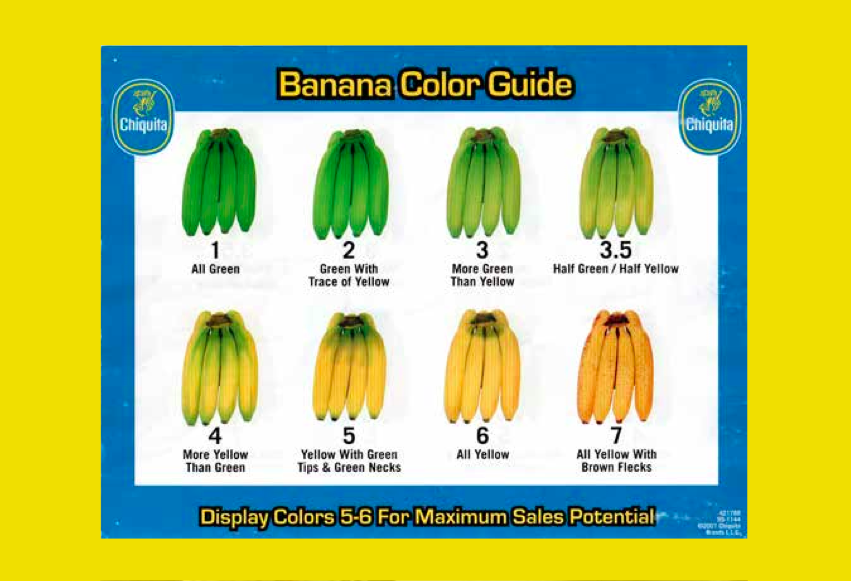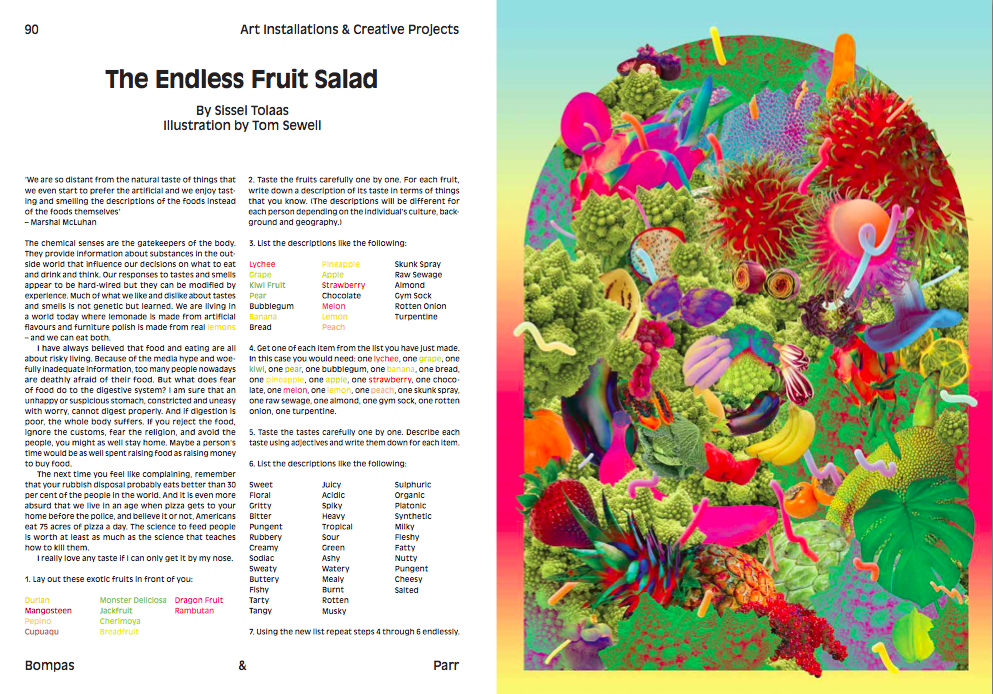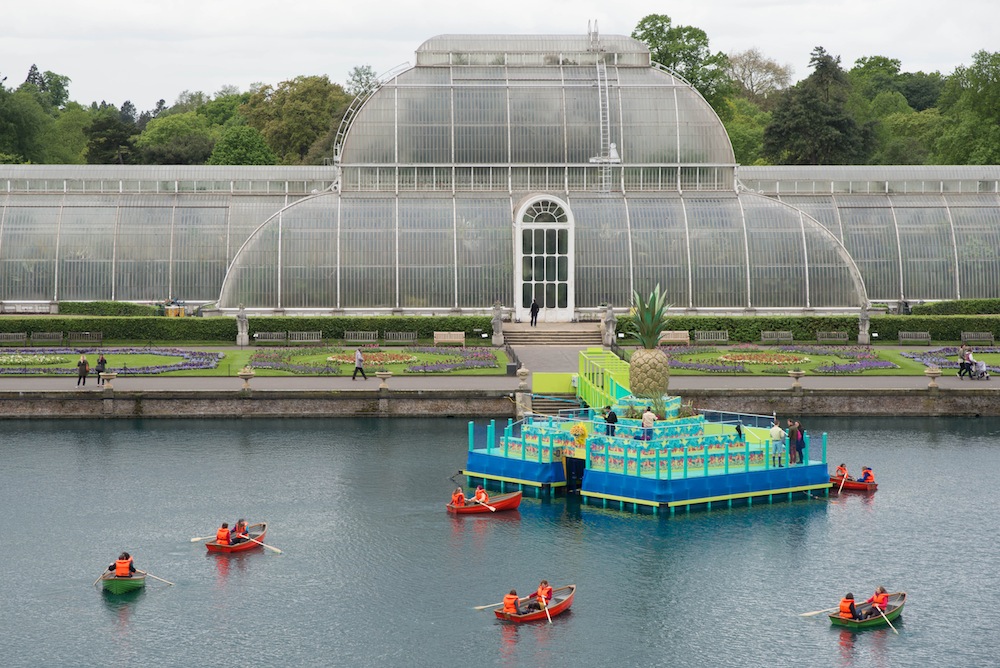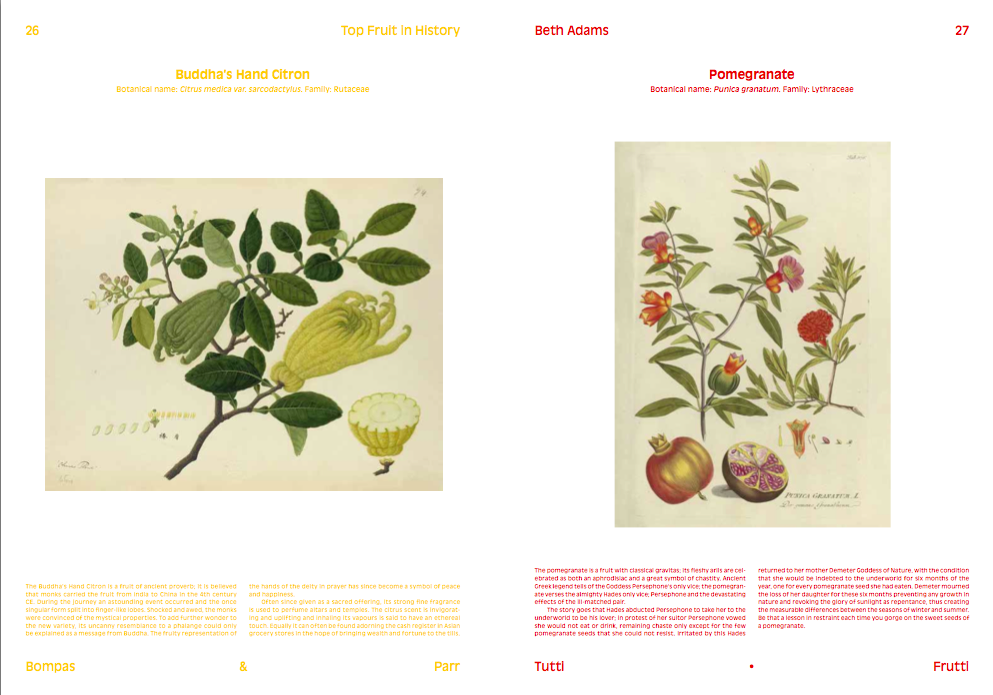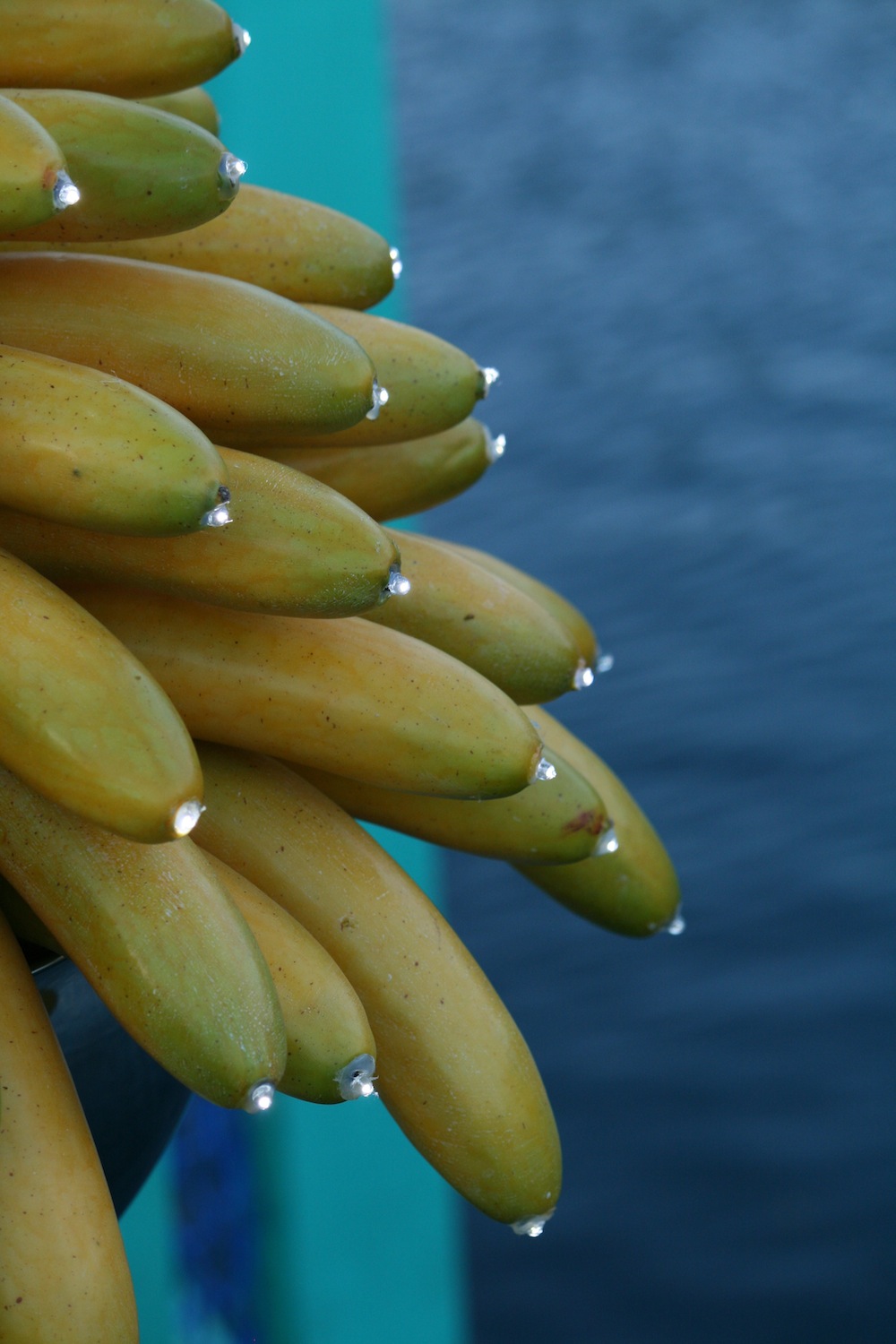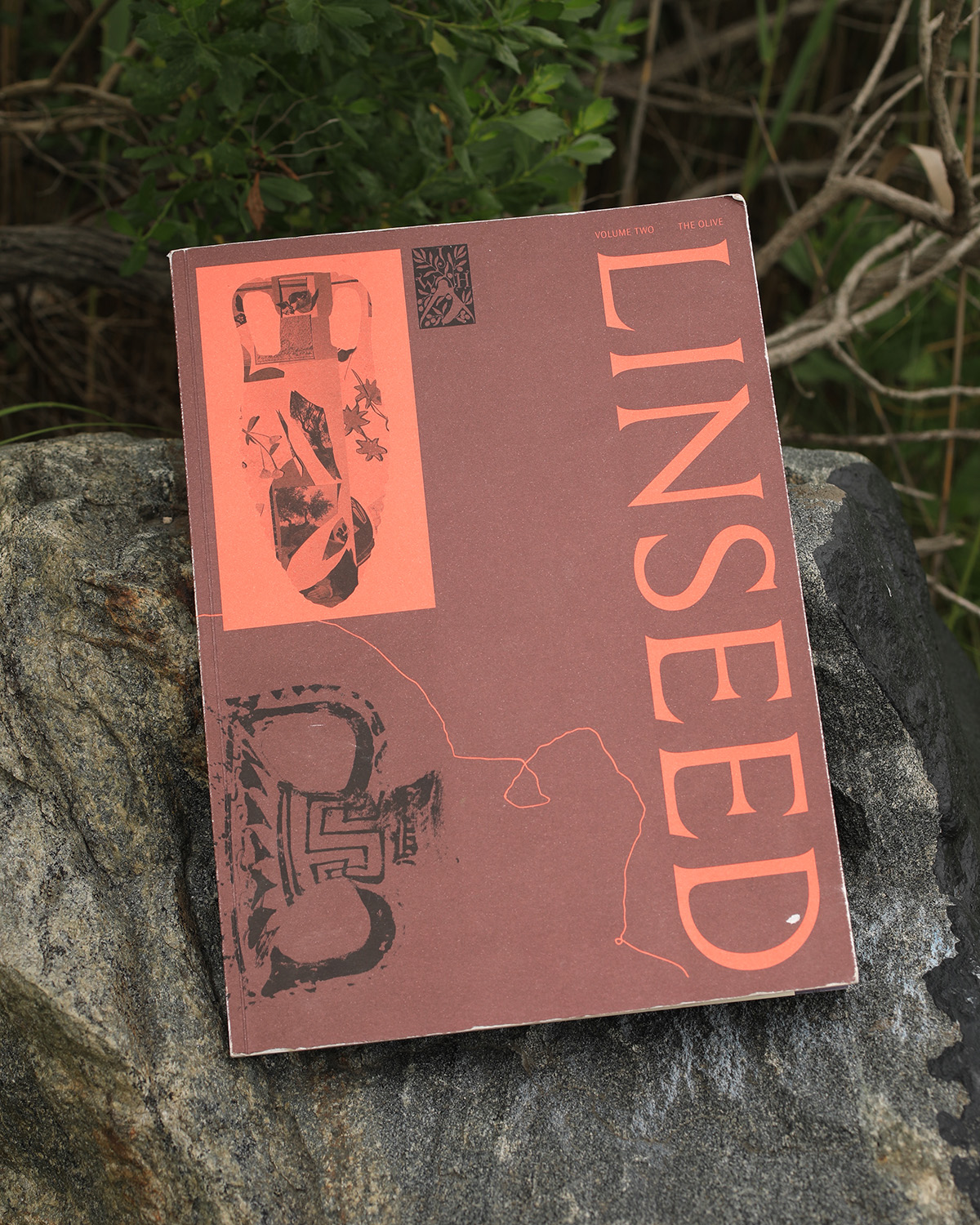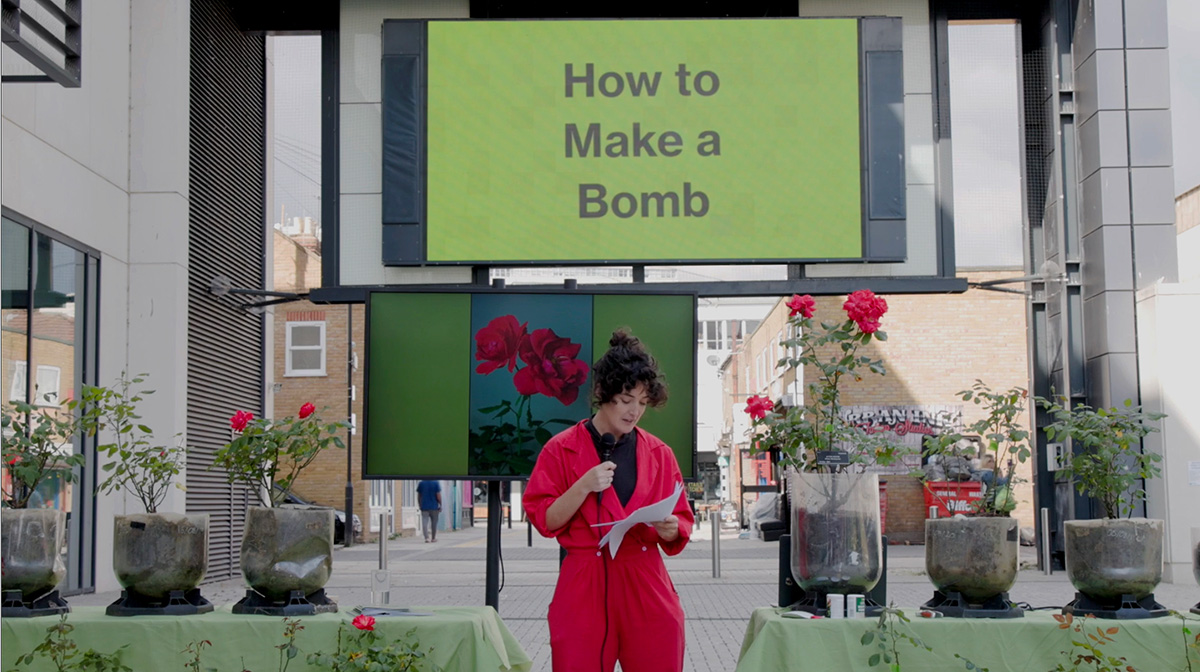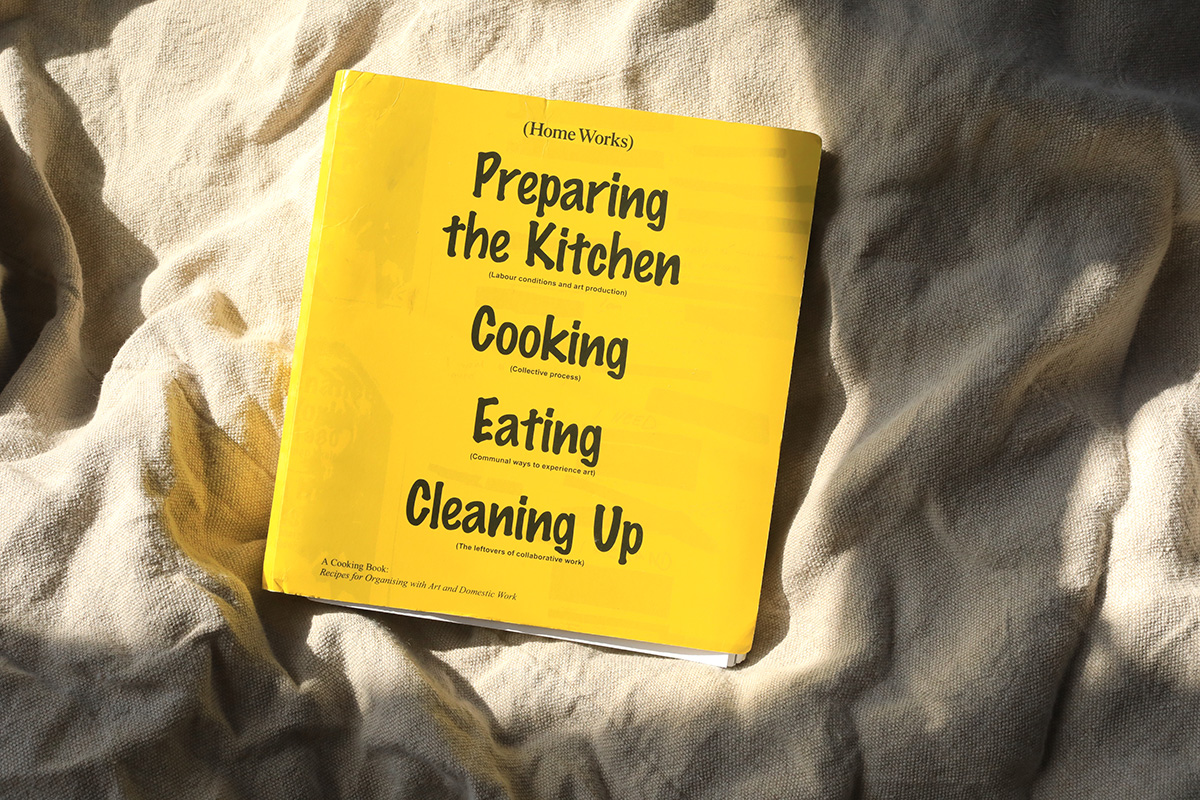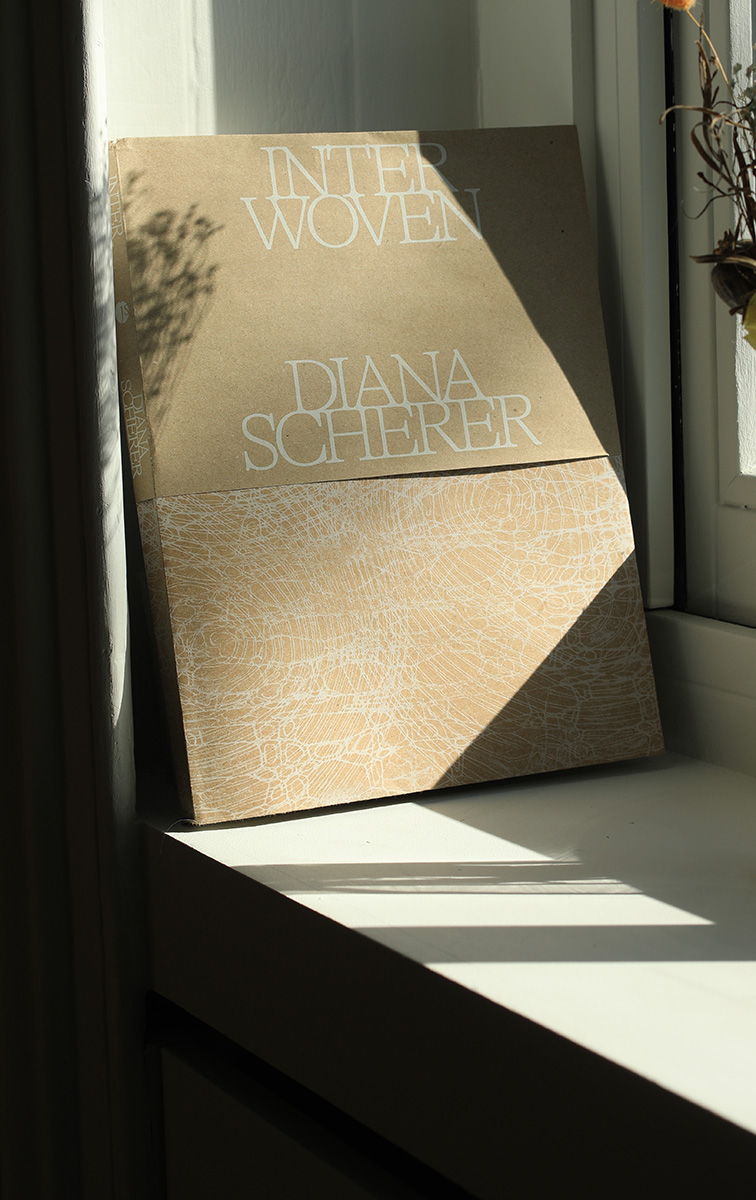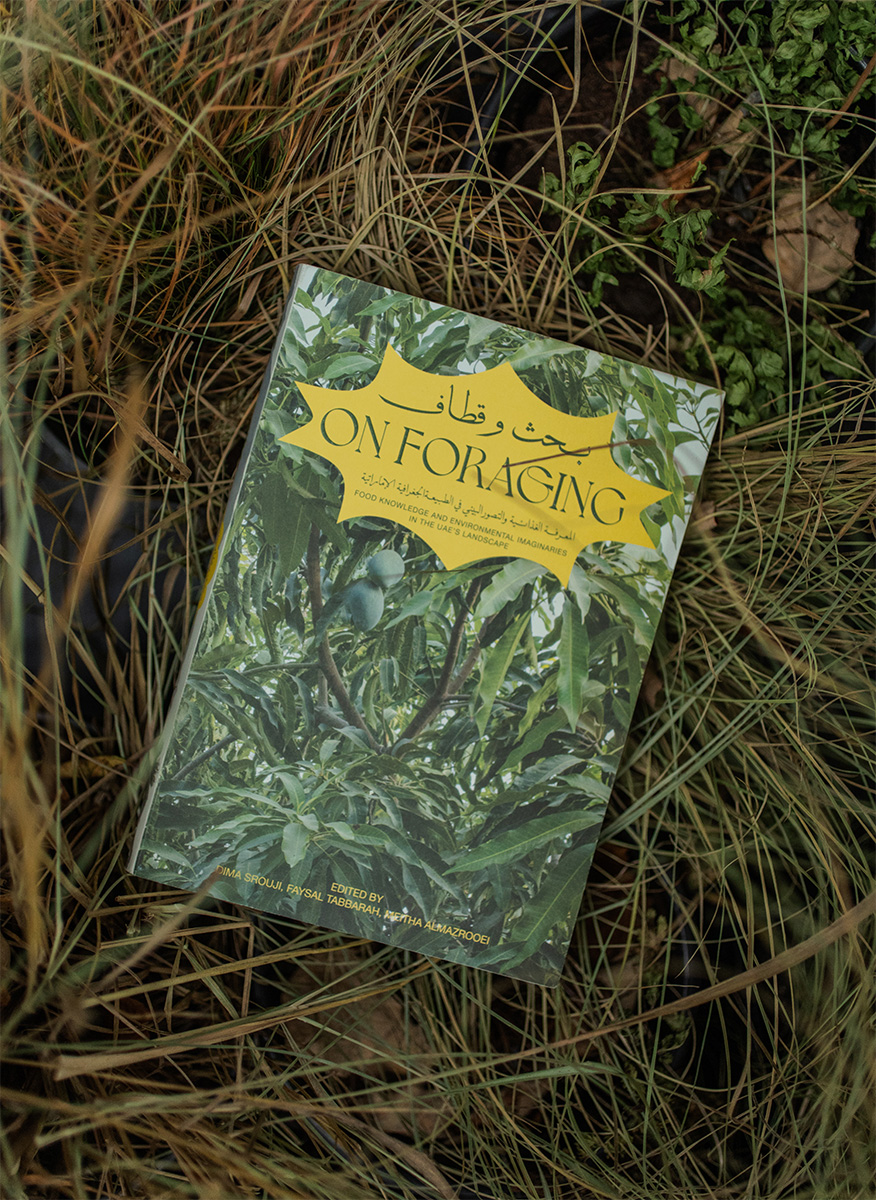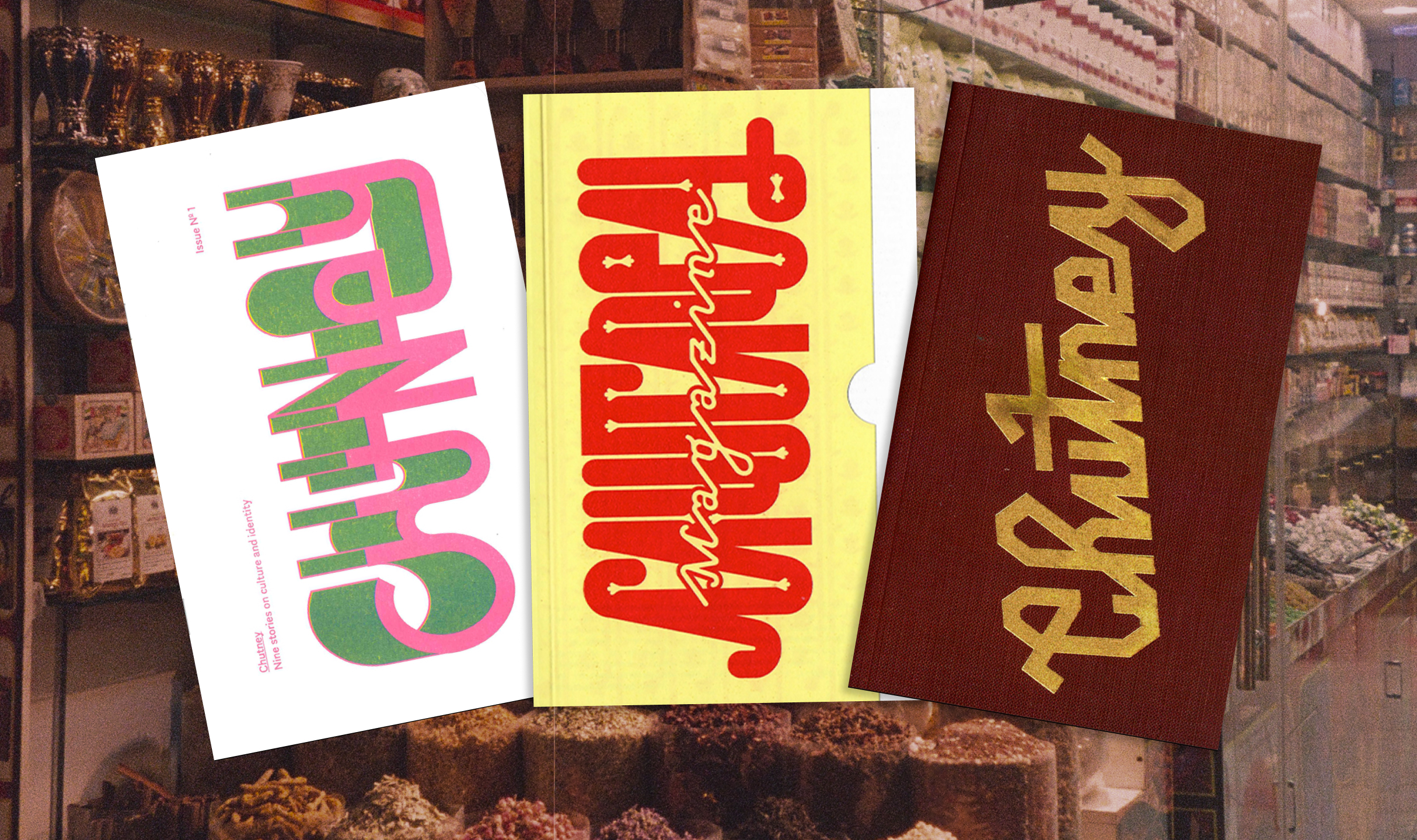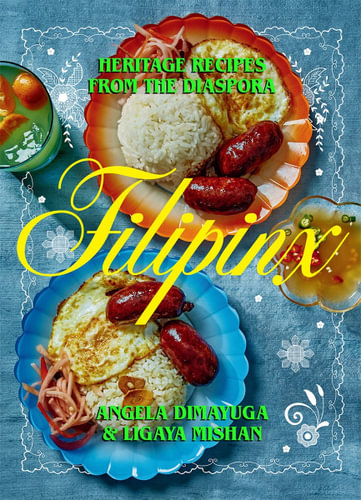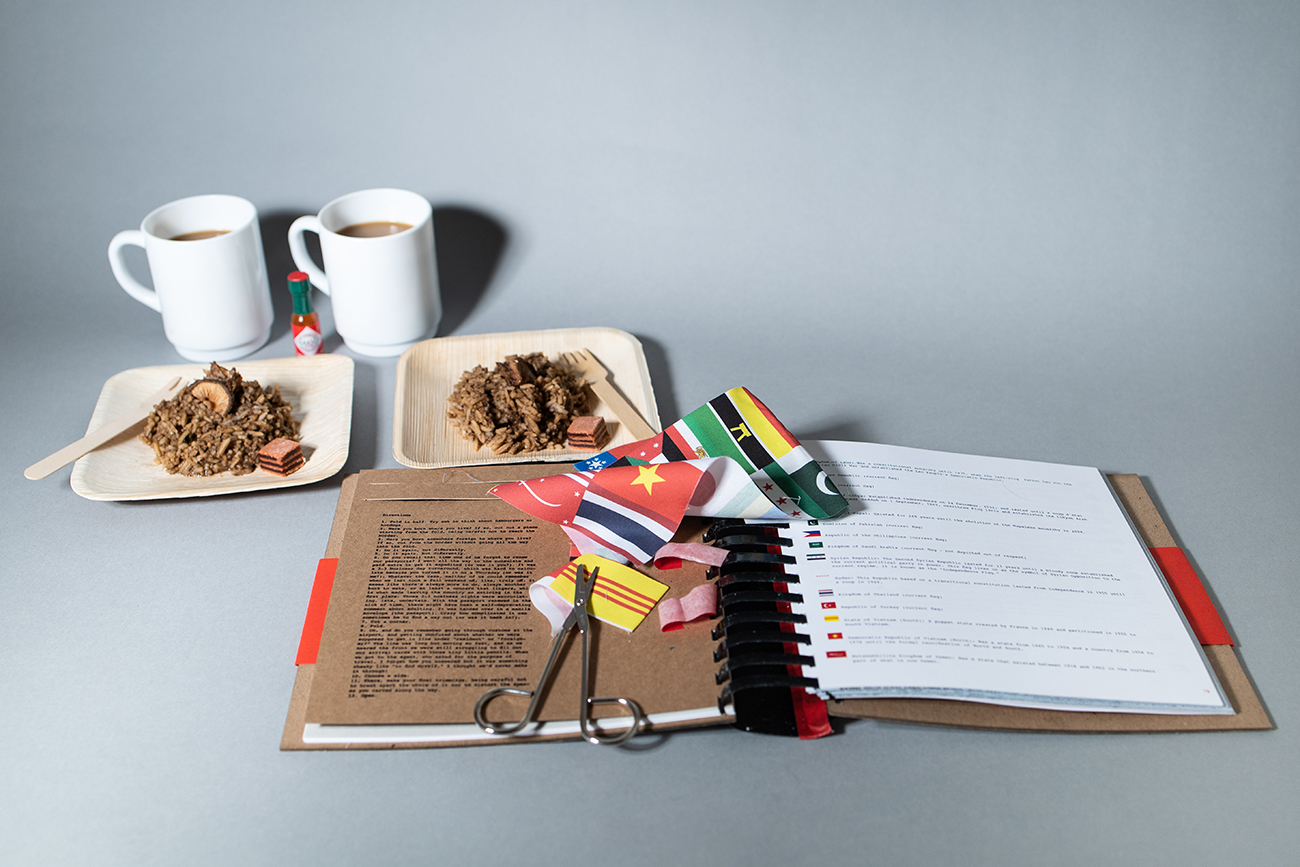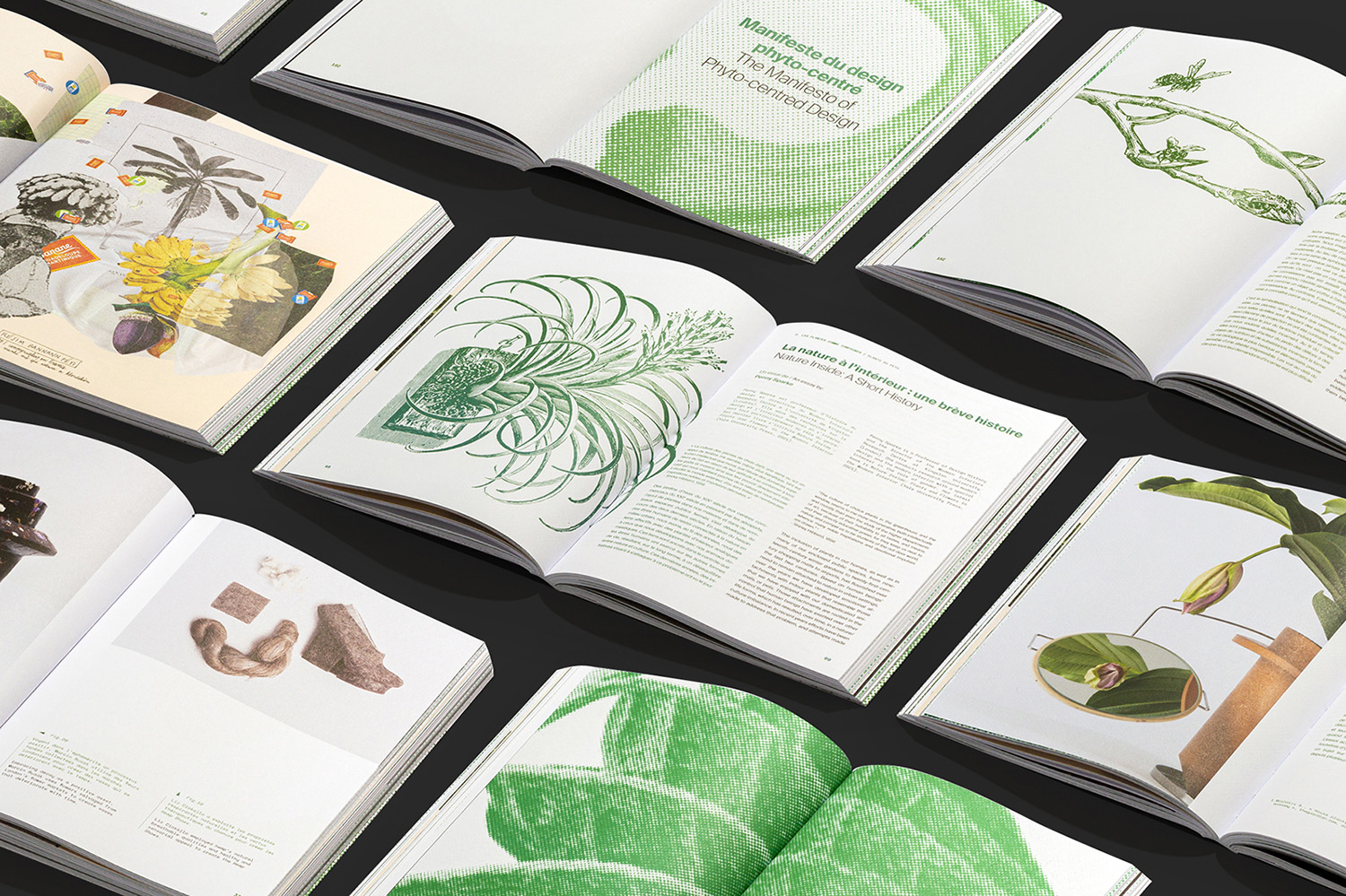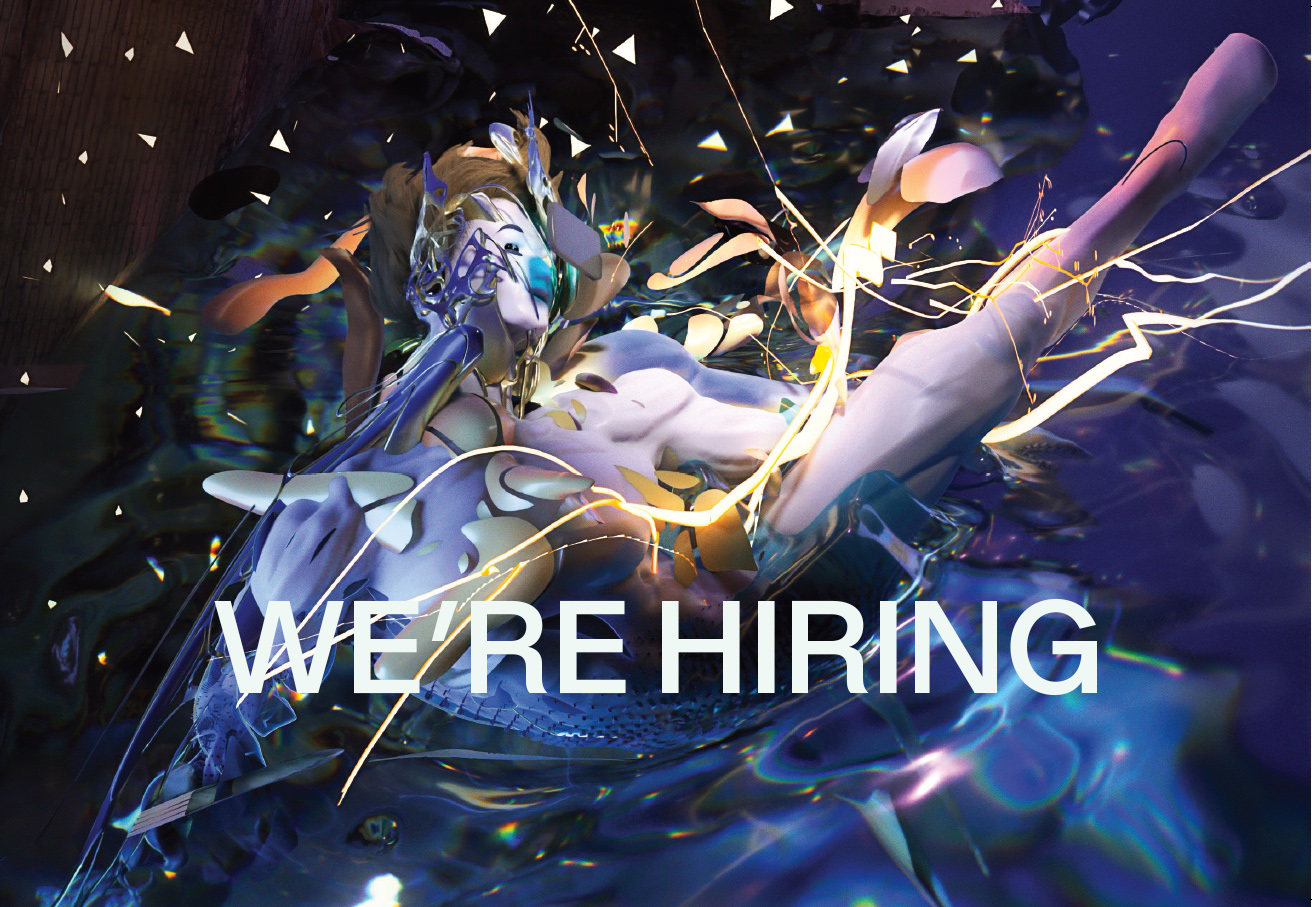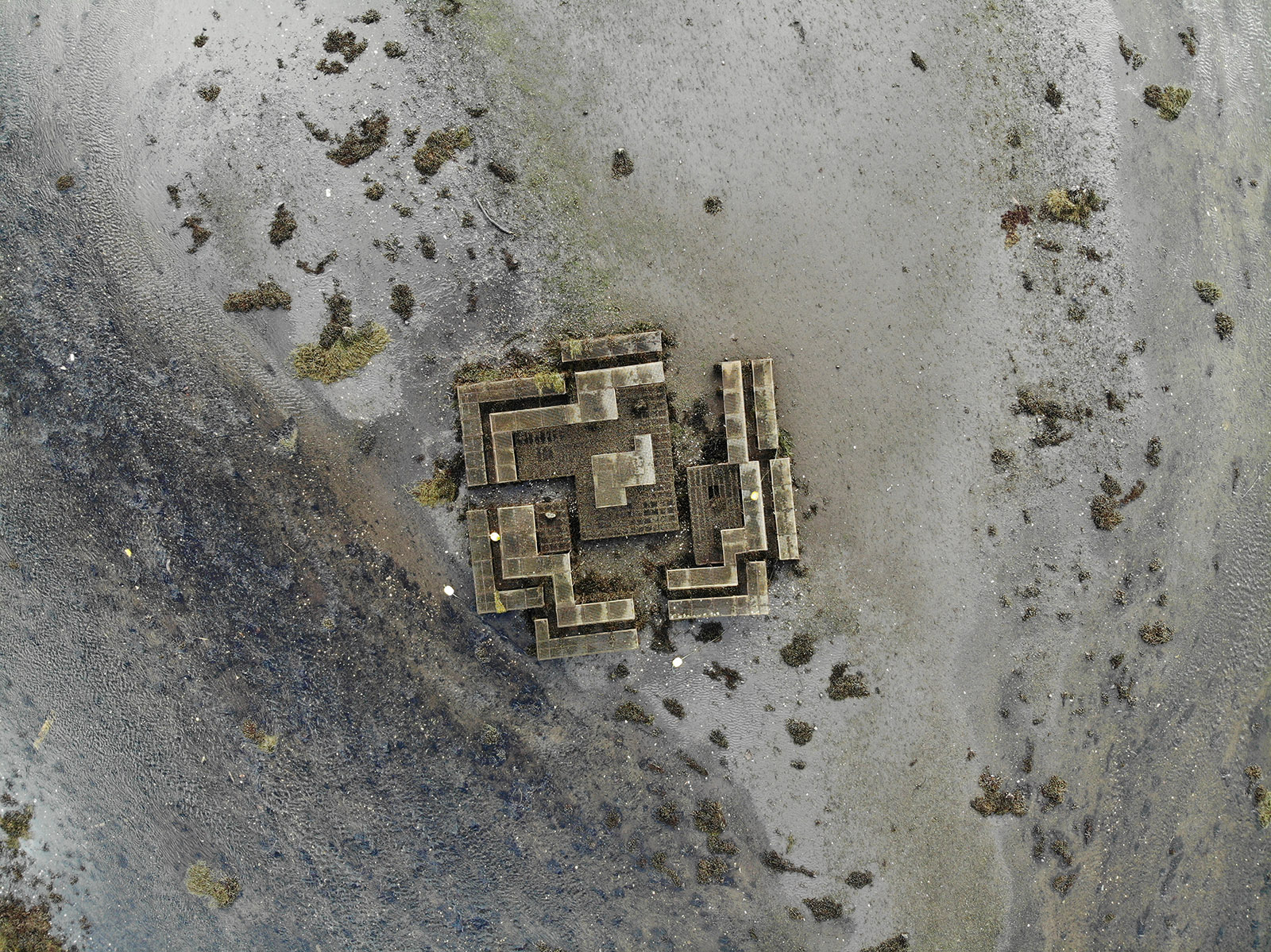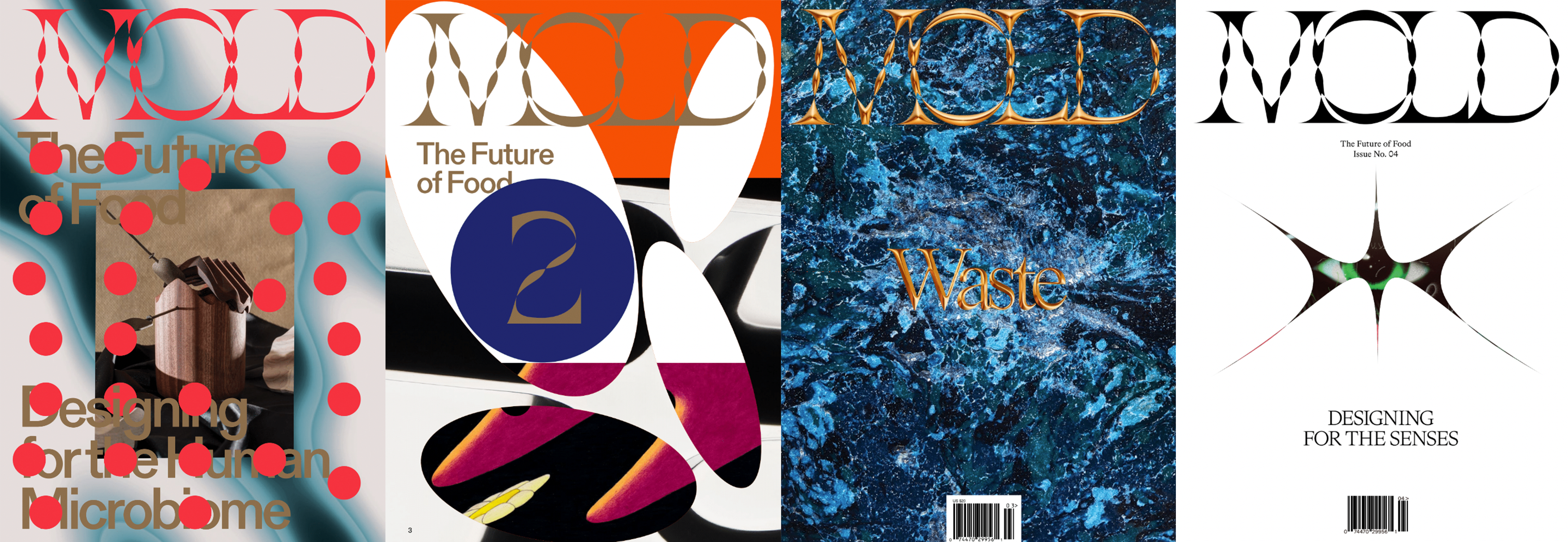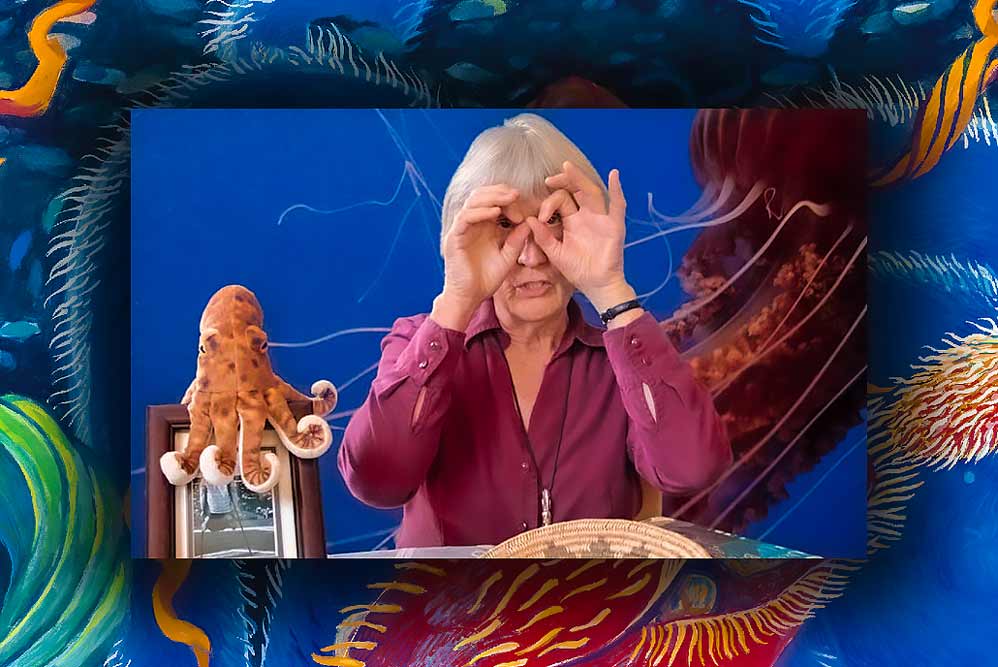This is not Little Richard’s “Tutti Frutti.” Bompas & Parr, the British gustatory provocateurs have published a book exploring the sensual and gustatory implications of the simple fruit salad. As the exhibition catalog for their recent fruit-inspired installation at London’s Kew Gardens Boat House, Tutti Frutti is a deep dive into food design and fruit design with essays from Sam Jacob on why blue is the color associated with raspberries to Nicola Twilley on banana ripening operations.
Unlike typical exhibition catalogs, Bompas & Parr enlisted a cast of fruit-loving luminaries to contribute their favorite recipes. Test out artist Yinka Shonibare’s beatnik-inspired Mediterranean fruit salad or try your hand at constructing baker Justin Piers Gellatly’s Jewelled Fruit Doughnut Obelisk of Deception. I have a personal interest in getting my hands on some powdered luciferin and cooking up a batch of Sam Bompas’ Bioluminescent Durian Sauce or hosting Fruit Salad Pill Party courtesy of Caitlin Williams Freeman. Sissel Tolaas, the odor artist, walks you through a DIY smell and taste test in The Endless Fruit Salad. And artist Jennifer Rubell contributes her own recipe for “Fruit Salad the Artwork” in a great essay accompanied by photography from Martin Parr. The ingredients are simple enough: Conceptual Underpinning, Aesthetics, Originality, Intentionality and Context.
Longtime Bompas & Parr collaborator Nathan Pask contributes lush photography in some of the most visually arresting spreads. And the book design comes from Inventory Studio, the folks behind Gourmand Magazine. We had an opportunity to speak with Sam Bompas about the book and the installation at Kew Gardens to learn more about the banana grotto, traipsing through the Amazon and architectural pineapples.
MOLD: What was your design process like for concepting and executing the Kew Gardens project?
Sam Bompas: The brief from Kew was to get people to look at fruit with new eyes. The project did it in spades. We started with a couple days ensconced in Kew’s archives researching images. When we phoned up to ask if they had any fruit illustrations they answered that they had 200,000 so we’d have to be more specific. That it took only two days to define the visual identity is thanks to the skill and panache of the librarians. Then we got fashion designer Kit Neale involved and he created the textiles that clad our structure and the staff uniforms. There’s been so much demand for the clothing that we are going to launch a fashion line.
After that we got in touch with sound artist Mileece to create an installation where people could communicate with the plants making them sigh and sing through touch. Our boat builder, engineers and fruit technologists created a floating pineapple island and boat through banana grotto.
Why did you decide to focus on fruit and the fruit salad concept in particular?
London’s been pretty meaty for the last couple years. Every restaurant that opens is slinging dude food—middle class takes on fried chicken, BBQ and burgers. Everyone I know has put on a stone. This was the chance to create a palate cleanser for London and get people interested in fruit like the durian, tarap, bullock’s heart, atemoya, pitabu and cainito.
What do you hope people will take away from their experience with Tutti Frutti boathouse?
A sense of the fruity adventures that there are to be had everywhere. Over the last six months we’ve been diving into all sorts of ethnic shops to see which rare and exotic fruits we can find. Next year we want to go on a fruit quest to the Amazon where there are still many undiscovered fruits that no one on the planet has yet to taste.
Why did you decide to put together a book in lieu of a catalog?
In our projects there’s always so much research that we joke that we could easily write a book about it. Books are satisfying objects to create. They feel immortal. As we spend a great deal of time creating temporary art installations it is satisfying to create something that people can still be inspired by and use (for their own fruit salads) in years to come.
What was the process like for assembling and working with such a wide array of contributors for the book?
The book was a joy to do though an exciting race against time. Most books come together in a year. We ripped this one out in three months. It was effectively an excuse to call up all our food heroes, people like Jennifer Rubell, Elena Arzak, Lily Vanilli, Justin Gellatly and ask them what fruit salad meant to them. The result is a sensual assault. The publication covers architectural pineapples, the spaces of banana ripening and why blue is the international color associated with raspberries.
A limited first edition of 2500 has been published with a choice of four fruity covers and feature a peelable fruit sticker title. Order a copy of Tutti Frutti with Bompas & Parr and Friends today!
